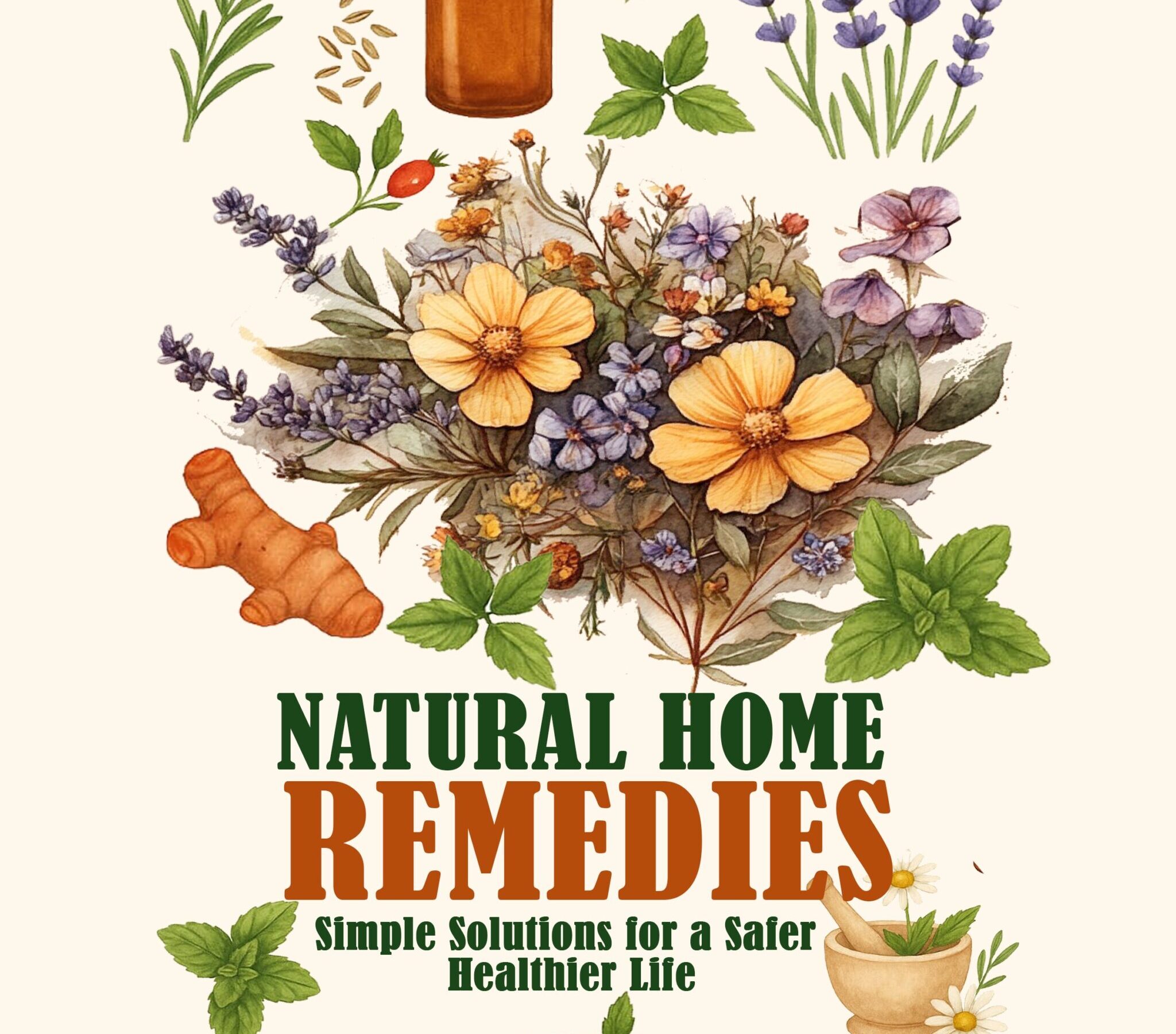It’s generally accepted that you can survive a bug in scenario three days without water and three weeks without food.
But I wouldn’t test that assumption because severe dehydration can cause organ failure which is something you would not wish on your own enemy, right.
Going without food for a number of weeks is not so critical because your body will rely on stored up body fat for sustenance.
If you’re bugging in for an extended period, making sure you have reliable supplies of food and water is a basic requirement.
Non-Perishable Foods For Bugging In
Non-perishable food has a long shelf life and is ideal for bug in stockpiling. You’re going to have to plan the what, where and how before you start spending money.
Nutritional Value
Store foods that provide a mix of protein, carbohydrates, essential vitamins and minerals.
Protein:
Protein is an essential macronutrient that plays a crucial role in building and repairing tissues and is a source of energy. Best to include variety of protein sources to make sure you get a whole list of amino acids and nutrients:
- Canned meat
- Canned salmon, tuna
- Legumes: Beans, peas, lentils
- Nuts: Almonds, peanuts, pistachios, walnuts
- Seeds: Chia, flax, pumpkin, sunflower
- Grains: Barley, oats, rice, whole wheat, quinoa
- Protein bars: made with whey or soy.
Carbohydrates
Carbohydrates are a primary source of energy for the body. The main types of carbohydrates are sugars, starches, and fibre.
Grains
Whole grains: Brown rice, quinoa, oats are good sources of complex carbohydrates.
Refined grains like white rice carbohydrates, but lack the fibre and nutrients found in whole grains.
Fruits
Fruits contain natural sugars and fibre. They can be dried, canned, pickled, made into jams and preserves.
Vegetables
Vegetables are a rich source of carbohydrates, along with vitamins, minerals, and fibre. They can be dried, canned, pickled.
Legumes
Beans, lentils, and peas are excellent sources of carbohydrates, protein, and fibre.
Sugars
Natural sources of sugars come from carbohydrates found in whole foods. These sugars have a lower impact on blood sugar levels compared to added sugars found in processed foods.
Fruits
Fruits contain natural sugars such as fructose.
Vegetables
Some vegetables contain smaller amounts of natural sugars.
Honey
Honey is a natural sugar source produced by bees. It contains a mix of sugars, including glucose and fructose.
Maple Syrup
Maple syrup is a natural sugar source made from the sap of sugar maple trees. It contains primarily sucrose.
Dates
Dates are a dried fruit that contains natural sugars, including glucose, fructose, and sucrose.
Vitamins & Minerals
Vitamins and minerals are essential nutrients that the body needs in order to stay fit and healthy.
There’s a list. It’s a long list.
Most are obtained from the foods already mentioned. But some are found in dairy products, which do not last long on the shelf.
If you’re vegan you already know where to get the missing nutrients.
If you’re normal a good multivitamin should be taken regularly.
How Much to Stockpile Your Bug In Supplies
How much to store depends on how many mouths to feed and what you consider a reasonable duration.
If you’re planning to bug-in, a months supply seems reasonable.
Bug In Supplies Storage Environment
Store your supplies in a cool, dark, dry room. Preferably on shelfs or racking. Individual items in airtight containers or mylar bags.
And if your area is prone to flooding, the last place to store your bug in supplies is in the basement.
Every item needs to be labelled with expiry date easily visible. And if you organise the stock, maybe alphabetically or in food groups, it will be relatively easy to manage, use, and replenish your stockpile.
Two last notes on non-perishable food:
- Check expiry dates regularly. Use up items nearing their expiry date.
- And if you do that make sure you replace immediately.
Shelf Life
The shelf life of food can vary based on the storage conditions. Here are some typical foods and their approximate shelf life.
The actual shelf life can be affected by temperature, humidity, infestation.
For best storage keep food in a cool, dry place away from direct sunlight. Use airtight containers or seal packages tightly after opening will helps prevent moisture from affecting the quality of the ingredients.
And regularly check for signs of spoilage, odours, discolouration, or the presence of insects.
A big caveat: I’m not a food scientist, so maybe check other sources to confirm this information.
Self-Raising Flour
Unopened Packets of self-raising flour, stored in a cool, dry place can typically last for between six months to one year.
Once opened, if resealed to prevent moisture getting into the packet, it can last between three and six months.
Rice
White rice, in airtight containers stored in a cool, dry place can have a shelf life of about four years.
Brown Rice has a higher oil content which reduces shelf life to six months.
Pasta
Dried pasta, in airtight containers, stored in a cool, dry place can have a shelf life of about one to two years.
Canned Goods
The shelf life of canned goods depends on the type of food, how the food was canned and the way the cans are stored.
Store canned goods in a cool, dry place away from direct sunlight. Discard cans that are damaged, dented or swollen the food inside may not be safe to consume.
Check the “Best Before” or the “Use By” date on the can.
And remember, once opened, the contents need to be refrigerated and eaten within three or four days.
Low-Acidity Canned Foods
Low-acidity canned foods normally have a long shelf life. Cans of vegetables, meats, poultry, and fish can last up to five years.
High-Acidity Canned Foods
High-acidity canned foods, such as tomatoes and fruits, have a shorter shelf life than low-acidity foods. They typically last for about 1 to 1.5 years.
Canned Soups and Stews
Canned soups and stews can have a shelf life of 1 to 2 years or more.
On last comment on canned food – if you suspect something is wrong with the contents – don’t eat it. Just to be on the safe side. The last thing you need is food poisoning when you’re saving yourself.
Meal Ready To Eat Not For Bugging In
MRE’s, meals-ready-to-eat are individual light weight field rations used by the military and emergency responders. They contain a complete meal, or enough food for twenty four hours, with the right proportions, all necessary nutrients for where traditional food prep is not possible.
Nowadays they are commercially available, with improved packaging and a wider variety of dishes on offer.
MREs have a long shelf life, making them suitable for storage and use in various conditions and environments.
The meals are packaged in lightweight, durable pouches, making them easy to carry and transport.
MREs are designed to provide a balance of carbohydrates, proteins, fats, vitamins, and minerals.
MREs come in a variety of menu options, including main courses, side dishes, desserts, and snacks. The menus are designed to offer a range of flavours and options.
They are expensive and if you’re building up your food stockpile then limit MRE’s to your Bug-out Bag.
How To Store Your Bug In Water
Store water in barrels designed for long-term storage.
You need water for drinking, cooking and personal hygiene.
Generally accepted amount of water required is five litres per person per day.
That’s a lot of water. And water is heavy.
Water does not have a “Best Before” date but the taste of stored water can change over time.
Odour Absorption
Water can absorb odours from its surroundings, especially if stored in containers that are not airtight or if stored near items with strong smells. This can affect the taste of the water.
Container Material
The material of the storage container can impact the taste of water. For example, water stored in containers made of certain plastics may develop a plastic-like taste over time.
Sunlight Exposure
Extended exposure to sunlight can lead to the growth of algae in water containers and affect the taste. It’s advisable to store water in opaque or dark-coloured containers to minimise exposure to light.
Mineral Content
Over time, water can leach minerals from the storage container or the environment, potentially affecting its taste. This is more relevant in areas where water has a higher mineral content.
Air Exposure
If water is stored in containers that allow air to enter, it may result in a change in taste due to the absorption of gases from the air.
To minimise the degradation of stored water quality:
– Use clean, food-grade containers that are designed for long-term water storage.
– Store water in a cool, dark place to minimise exposure to light and temperature fluctuations.
– Ensure that containers are tightly sealed to prevent odours and contaminants from entering.
– Rotate stored water periodically, especially if it’s for emergency preparedness, to ensure freshness.
Maintaining proper storage conditions and using suitable containers can help ensure that stored water remains palatable over time.
Water Purification
As well as storing enough water for the duration, include water purification equipment. Water filters, water purification tablets, kettles that will boil continuously for ten minutes without shutting off.
The Ultimate Bug In – Grow Your Own Food
Growing your own food is the long term solution for prepping to survive. From growing vegetables to rearing livestock to hydroponics and aquaponics.
And when you have an abundant harvest, preserve the excess – pickling, freezing, dehydrating.
Food and water are the two most important considerations in your prepping plan, so take time in building a sustainable stockpile to be proud of.
Regards, Henry






